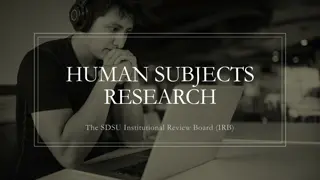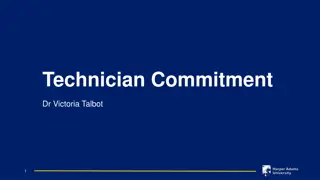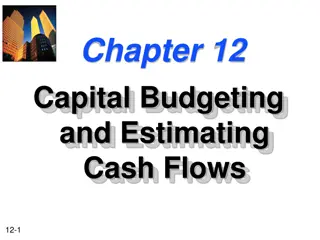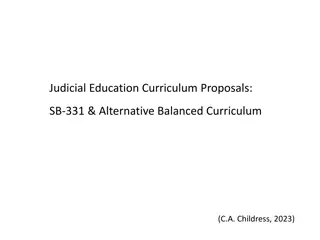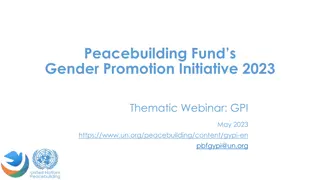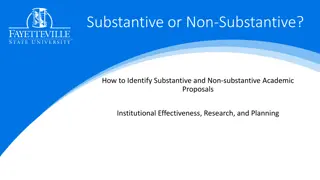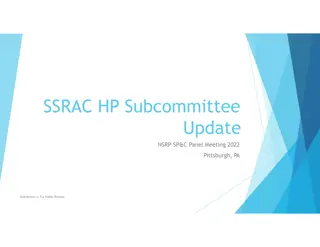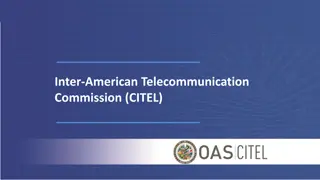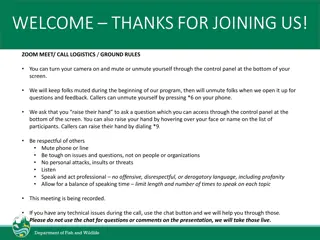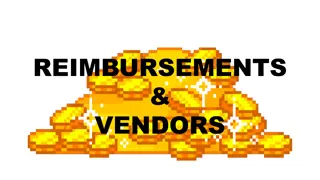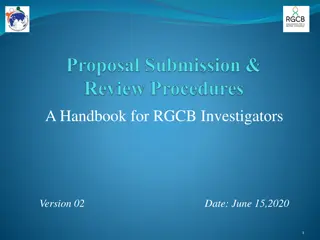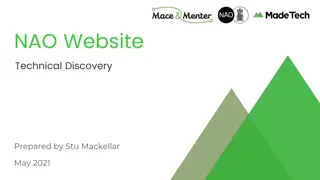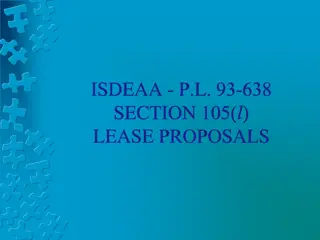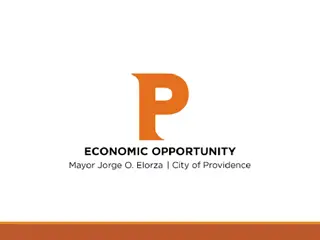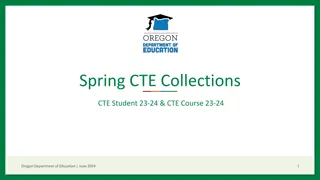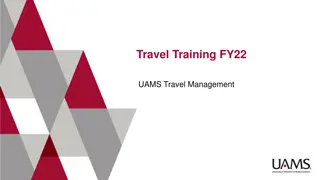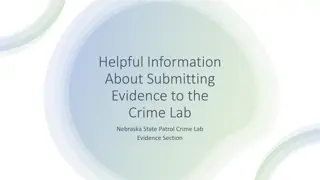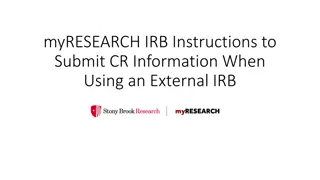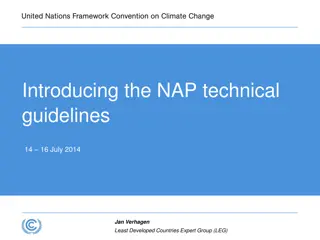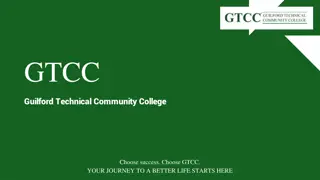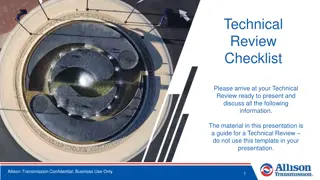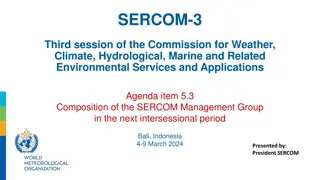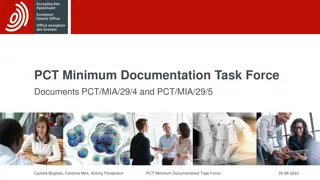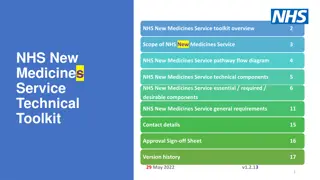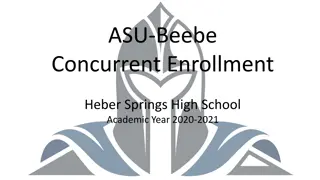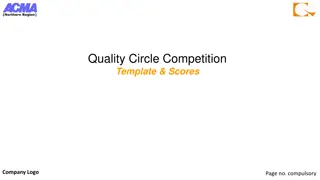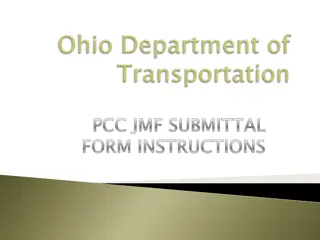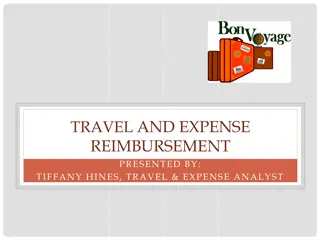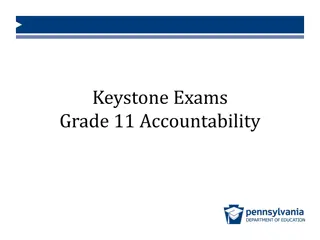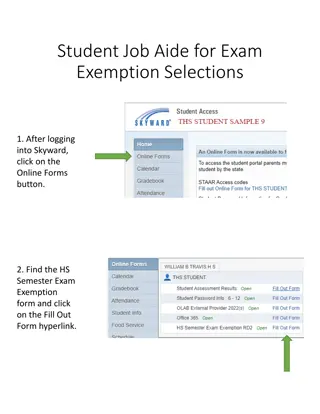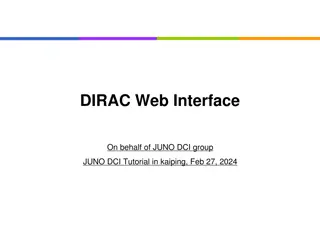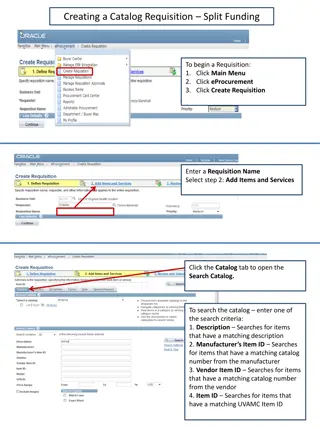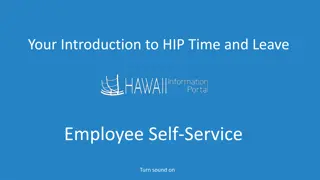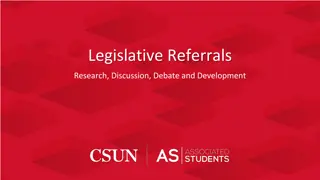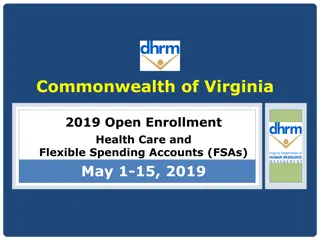Guidelines for Submitting New Technical Program Proposals
This presentation by Charmine Chambers, Director of Workforce Development, provides essential information on submitting new technical program proposals for approval by TEA and KBOR. It covers program approval processes, funding eligibility, program reviews, required documents, submission deadlines, and criteria for technical programs. The focus is on preparing individuals for technical occupations and ensuring program success through proper approval channels.
Uploaded on Sep 14, 2024 | 0 Views
Download Presentation

Please find below an Image/Link to download the presentation.
The content on the website is provided AS IS for your information and personal use only. It may not be sold, licensed, or shared on other websites without obtaining consent from the author. Download presentation by click this link. If you encounter any issues during the download, it is possible that the publisher has removed the file from their server.
E N D
Presentation Transcript
Submitting New Program Proposals Submitting New Program Proposals Charmine Chambers, Director, Workforce Development June 26, 2024
Agenda This presentation is intended as a resource to accompany the New Technical Program(s) Forms and Documents Focus will be the most common opportunities KBOR staff see to strengthen program proposals and ensure a smooth approval process CA1 New Program Request Form (2024) Review 2
Overview Program approval by the TEA and KBOR is specifically for the purposes of funding eligibility State funding Tiered/Non-Tiered, state grants, Excel in CTE, etc. Federal funding Technical programs must be TEA/KBOR approved for Perkins funds Institutions can offer any program approved by your Board of Trustees and your accrediting bodies 2019 Program Review: programs were not discontinued by the TEA, programs were no longer eligible for technical funding https://www.kansasregents.org/resources/Programs_moving_from_Technical_to_N on-Technical_Status.pdf Anticipate that Program Reviews will resume, using AY2022 AY2024 data 3
Overview continued All new program forms are located at https://www.kansasregents.org/academic_affairs/new_program_approval Always start with the most updated forms at the above link expect updates Program Approval Schedule for 2024-2025 is posted First paperwork deadline for Program Alert is July 18 Please submit programs prior to the paperwork deadline for review and feedback Program approval by the Program & Curriculum Committee, the TEA, and KBOR takes two months (one exception due to no October KBOR meeting) Short-term programs are still approved by KBOR staff and requires a CA5 application (at the link above) 4
Overview continued The focus today is on proposing Technical Programs Technical program criteria is located at https://www.kansasregents.org/workforce_development/technical_e ducation_authority Be designed to prepare individuals for gainful employment in current or emerging technical occupations requiring other than a baccalaureate or advanced degree; Lead to technical proficiency, an occupationally specific industry-recognized certification, a certificate award level, or an associate degree; and Be delivered by an eligible institution 5
Overview continued Main question: What is the occupation for which your program will be training? The occupation determines the program The occupation and the SOC code (Standard Occupational Classification) it falls under is the first step in new technical program proposals Once you have established the SOC code, the CIP code(s) (Classification of Instructional Programs) THAT MATCH that SOC can be identified in O*NET While the individuals on your Advisory Board may not know the exact SOC code the occupation uses, they do know the job title, and someone at their business knows the job title/occupation they use for job postings, and likely knows the occupation code for reporting unemployment insurance data Your proposal is addressing There is unmet demand in this occupation, and The level of education and industry-recognized certifications being proposed is the specific level necessary to meet that demand, and The information presented demonstrates how the above was established 6
CA1 Form Review General Information Verify CIP on National Center for Education Statistics (NCES) to ensure description matches (link on CA1 takes you directly to the CIP code review nces.ed.gov/ipeds) Verify SOC on O*NET to ensure description matches (link on CA1 takes you to the O*NET Online homepage https://www.onetonline.org/) Match CIP to SOC on O*NET (use Education link in the Crosswalks section) 7
CA1 Form Review General Information continued Kansas Department of Labor 10-Year Occupational Outlook to verify education level fits the definition of a Technical program (link in the Demand section of the CA1 takes you to the Kansas Labor Information Center (KLIC) https://klic.dol.ks.gov) Accrediting agency: provide this information even if the program does not require formal accreditation but requires an approval from another agency If the program is an aligned program, we would expect that the aligned industry-recognized certifications are listed 8
Program Rationale and Program Description and Requirements Why are you proposing this program, right now, who requested it and who helped develop it? The unmet demand for the occupation for which you re training should be mentioned here Make sure you list the number of projected enrollments you anticipate It is assumed that this is a projection and not a guarantee but it demonstrates your plan given all the factors time, space, faculty resources, funding, etc. One of the main updates from March 2024 (you can see in the header of the CA1) was a re-review of KBOR policy. Specifically mentioned in KBOR policy: Projected enrollments Duplicative program applications Identifying that sufficient clinical sites are available if the program requires those Any work-based learning that is included in your program should be highlighted 9
Demand for the Program Kansas Labor Information Center (KLIC) link on CA1 takes you to the Kansas Department of Labor home page Employment Outlook takes you to the 2-year and 10-year Occupational Projections. Please use the 10-year Occupational Outlook report Staff uses the following in the issue paper to introduce your program Change in Employment: Percent: Annual Openings: Annual Annual Median Wage Typical Education Needed for Entry You can provide additional information, but we would not recommend including a full Lightcast or Jobs EQ (examples) report, or other state taskforce reports 10
Demand for the Program continued Local community demand: letters of support Additional support letters from stakeholder organizations are fine, but you need three letters specifically from potential employers that would be hiring your students Examples of specific support the employers might would provide are listed minimum of one type of support from each employer, but additional support activities help tell the story of demand Suggest that you start working on the letters of support with your advisory board when you start developing the proposal Provide data from the most recent Perkins Comprehensive Local Needs Assessment recommendations, demonstrating the need for the program initiation . Most effective way to communicate: # of job openings for the occupation (based upon the data available) and # of postsecondary concentrators reported As you all work with secondary partners on the CLNA, make sure to take note of postsecondary concentrators specifically Plan to answer additional questions on the CLNA 11
Demand for the Program continued We provided examples of ways to provide demand information when state-level data sources are not sufficient Even if the occupation is not included in the Kansas DOL data, you still need data to demonstrate demand Job postings (number of specific postings for this occupation, period of time for the postings, document the resource) Employer letters are key: include projected hiring needs for total positions, over XYZ period of time, etc. 12
Duplication of Existing Programs Use the most recent K-TIP data to list other institutions with the program https://www.kansasregents.org/workforce_development/k-tip-report Collaboration: please do not dismiss this question if the program is offered but not in your region Start this early in your process, so you have time to apply information to the development of the program Reach out to institutions that already offer the program regardless of region and get their advice on start-up activities We provided examples of collaboration practices in the CA1 itself Think if you had known then what you know now, what would you have done differently to launch your program? Do not indicate that you have reached out to a program if you have not 13
Program Information If you are proposing to start a program that has undergone the alignment process, your proposal should meet alignment requirements. All alignment information is at the link in the CA1 https://www.kansasregents.org/workforce_development/program- alignment Expect further focus and follow up on Program Alignments Please include your degree map If you do not plan to offer the courses in the program to high school students, please note that. If you do plan to offer the courses to high school students, a letter of support from a USD is to be included 14
Cost and Funding for Proposed Program Completely fill out the CA-1a Fiscal Summary, including funding streams that will be utilized Only provide the Excel in CTE Fee CA-1b if fees need to be approved KS Promise Act eligibility: Programs must be high demand, high wage, or critical need High demand and/or high wage designation by KS DOL can be found at https://klic.dol.ks.gov Critical Need you will need to provide additional, specific data to demonstrate Make sure you know your institution-identified field of study for Promise Act eligibility 15
Program Review and Assessment This section should include information on your anticipated review for this proposed program Please do not underestimate the importance of your institution s process for program review Currently, the universities present their program review results to the Board There are no plans for technical and community colleges to do the same However; explaining how this new program fits in with the rest of your catalog of offerings is powerful 16
Program Approval at the Institution Level Provide copies of the minutes at which the new program was approved from the following groups Include the meeting minutes where your final program proposal was approved The program as proposed should match what is described in the meeting minutes, including the award levels you are proposing Program proposals should be the result of work with a business and industry advisory committee, this committee should be formed long before the program is proposed Much like the Program Alignment process: feedback from this committee is how you are ensuring your proposed program will meet industry need 17
CA1 for Subordinate Credential Approval Institutions requesting subordinate credentials (i.e., requesting a CERTB when an AAS is already approved, and coursework is a subset of existing courses) need only submit the following sections: 1) General Information, 2) Program Rationale, 3) Demand for the Program (all 10-year Occupational Outlook data and Perkins CLNA information), 4) Complete catalog descriptions (including program objectives) for the proposed program, 5) List by prefix, number, title, and description all courses (including prerequisites) to be required or elective in the proposed program, 6) List any pertinent program accreditation available (rationale for seeking or not seeking accreditation and plan to achieve accreditation), 7) CA-1b if Excel in CTE fees if requesting approved to charge fees that are not already approved,8) CA-1d if requesting eligibility for Promise Scholarship, and 7) Program Approval at the Institution Level Consider: when proposing a new program, do you foresee a need for a higher level/longer award? For instance, when proposing a new program at a CERTB level, consider whether you foresee the need for an CERTC/AAS in the future as requests for a higher award level goes through the same approval process 18
Further questions cchambers@ksbor.org 19



